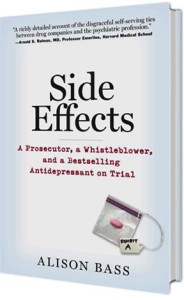The retraction of studies in medical and scientific journals has surged in the last decade, according to separate analyses done by the Wall Street Journal and Retraction Watch.
In its page-one article today, the Journal noted that while just 22 retraction notices appeared in 2001, there were 139 in 2006, 339 last year and 210 so far this year. Retraction Watch, in a blog celebrating its one-year anniversary, said it has recorded 200 retractions over the last 12 months, compared to an annual average of about 80 over the previous 10 years.
Why are retractions on the rise? According to the WSJ, some journals argue that the increase indicates their rising vigilance in detecting errors. Others blame the increasingly competitive environment for research grants and career advances in science and medicine.
I would point to two other key factors. First and foremost, there’s the pressure that the pharmaceutical and medical device industry exerts on researchers to come up with positive findings in clinical trials. (This starts with cherry-picking pliable researchers for specific studies and ensuring their cooperation with lucrative speaking and consulting gigs and then having the studies themselves ghost-written to make the drug or medical device in question look safer and more effective than it really is). This is known to have happened with clinical trials for Paxil (which Side Effects focuses on), Celexa, Zoloft, Vioxx and Avandia and several medical devices including a widely used bone growth product made by Medtronics (which The Spine Journal just devoted an entire special issue to).
This kind of industry-academia collusion, of course, has been going on for awhile. What’s different now is the heightened scrutiny of scientific misconduct by the media and the steady drumbeat of blogs like Retraction Watch, POGO and Pharmalot. As a result, many journals are now adopting a tougher line and investigating errors more thoroughly. And that’s exactly how it should be.



2 Comments